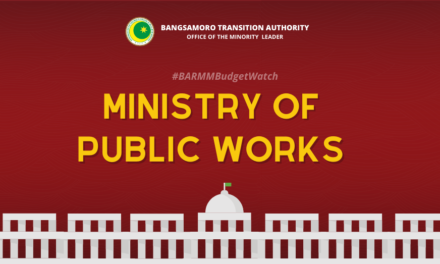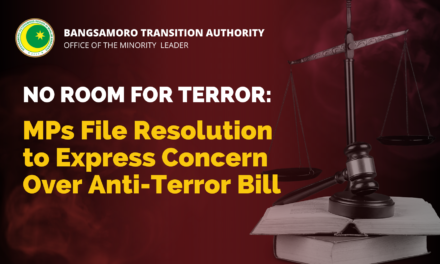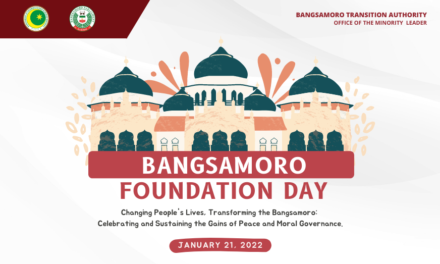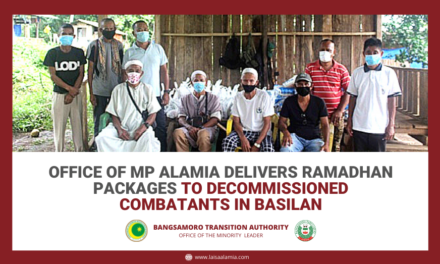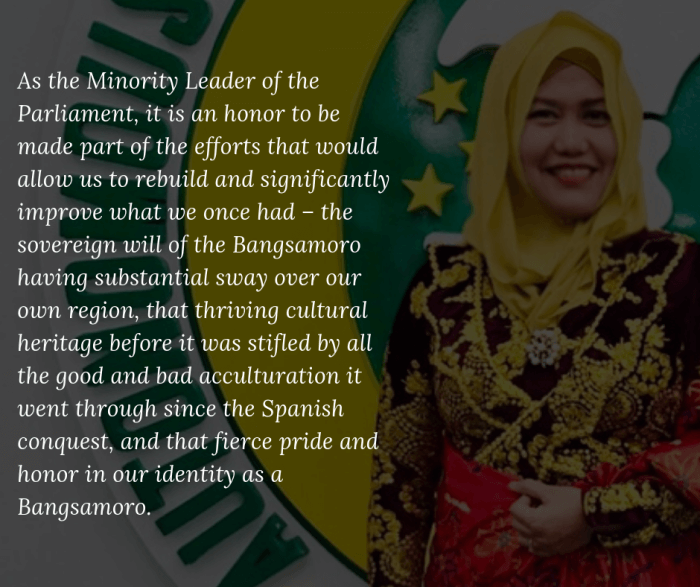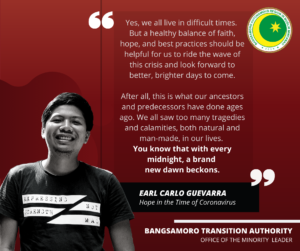Following a screening of Sheron Dayoc’s Women of the Weeping River in Tipo-Tipo, Basilan, a panel discussion led by three women opened conversations about peace and reconciliation, and how the youth can better participate in conflict-affected communities.
Women of the Weeping River won Best Cinematography, Best Screenplay, and Best Picture in the 40th Gawad Urian Awards in 2017, with former ARMM assistant secretary for local government Sharifa Pearlsia Ali-Dans hailed as Best Supporting Actress.
The film revolves around Satra and Shadiya, two Muslim women whose lives are caught in a violent clan war that has taken the lives of both their husbands and sons, and Farida who mediates the conflict as she struggles with her own memories and grief from the past.
The screening was held at the Tipo-Tipo Municipal Hall on March 17, with thirty youth participants from across the said municipality. Led by the Office of the Minority Floor Leader, the event was held in partnership with the Bangsamoro Human Rights Commission (BHRC), Bangsamoro Youth Commission (BYC), and the local government of Tipo-Tipo.
Suggestion of reconciliation is good, but maybe not enough
Among the points raised by the panel regarding the film is how the ending hints toward a possible reconciliation between two families through the efforts of women, specifically .
While the suggestion is there, Radhiya Musiddik Mande of the BYC said there is an assurance of peace that can only come with an ending that was clearer in its claim. “It would be good to see how exactly the families ended the conflict so that the audience can also understand the terms of the settlement,” she said.
Yakan Youth Advocate Chairperson Sittishaira Dompol said she also would have wanted to definitively show how the conflict is resolved to show “how the settlement is felt not only among the families involved in the clan war, but also how the community benefited from the resolution of the conflict.”
Women’s leadership, initiative essential to peace
Meanwhile, Maisa Abdurahman of the Tipo-Tipo Tongtabisan Youth Organization wanted to see how the women in the movie actually led their families into reconciliation and ended the cycle of violence in their community. “Seeing two women actively take the lead would have been a pivotal moment for the audience, compared to only seeing a suggestion of it, she said.
Having a woman as a mediator for the two families in the earlier parts of the film in the person of Farida was also a point of interest for Abdurahman, especially seeing how she wrestled with her own grief from a similar experience of conflict in the past.
Dompol also noted how important it is to learn from Farida’s example, and how “we must not pass on whatever present anger we have in our hearts to future generations.” Instead, she said “we must build awareness and be involved in activities that promote peace and reconciliation in our communities, keeping in mind the true essence of having just and lasting peace.”



